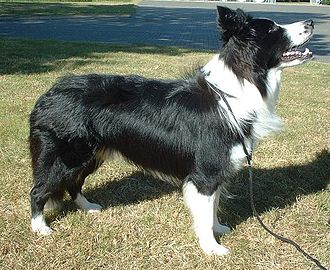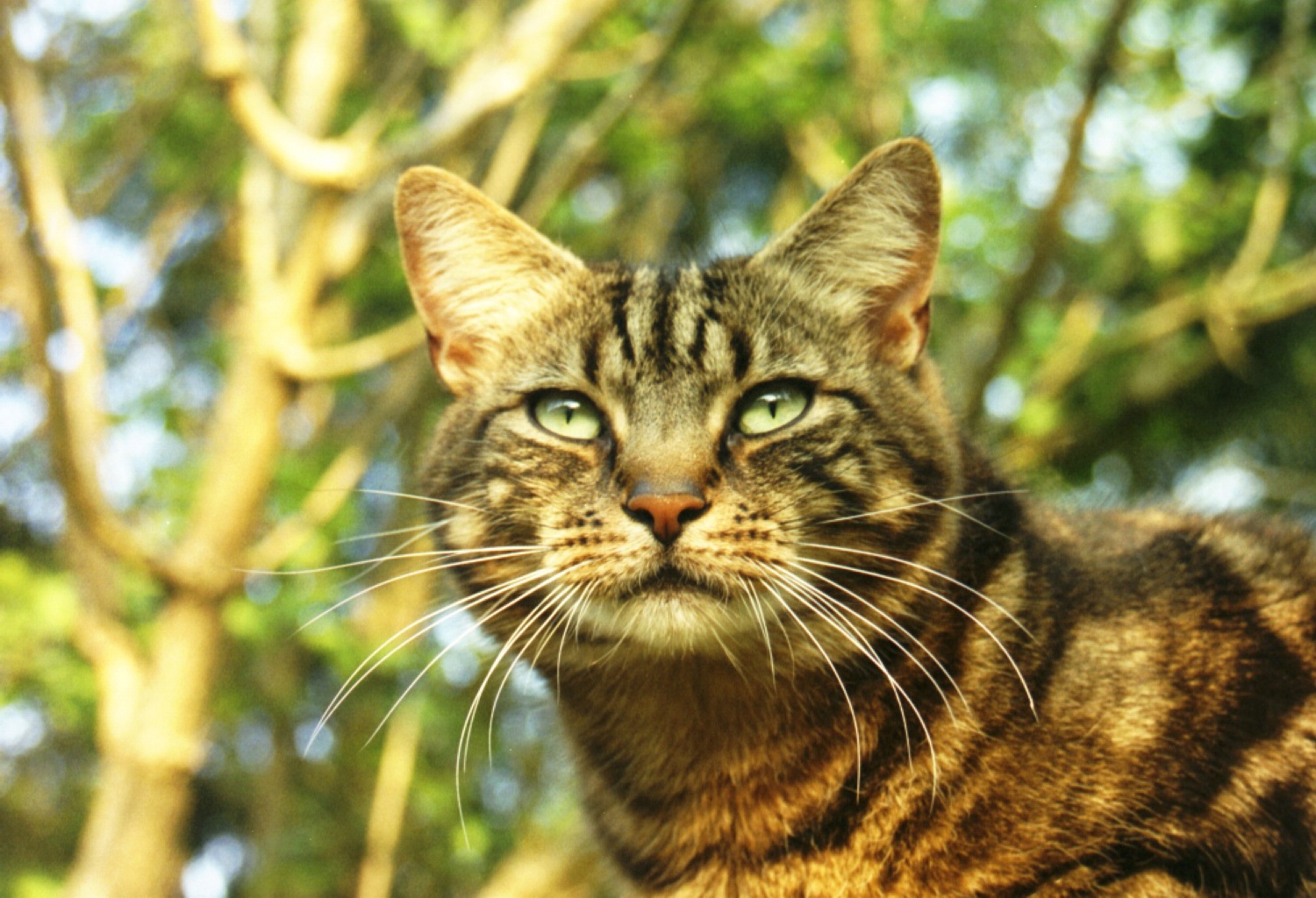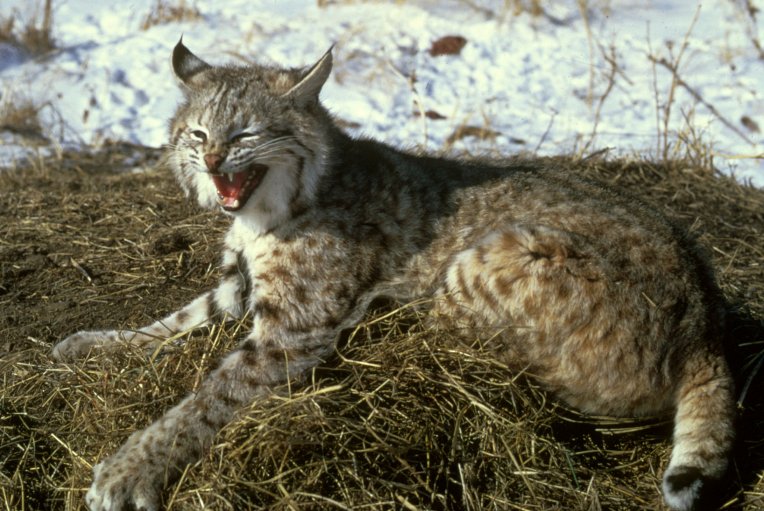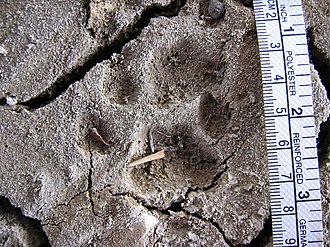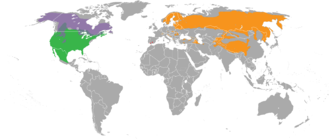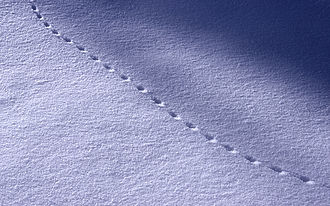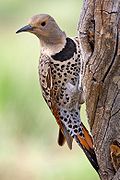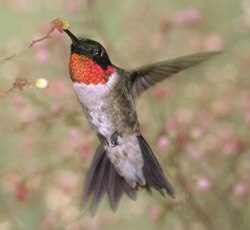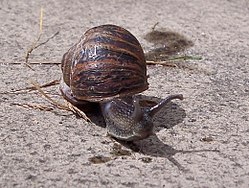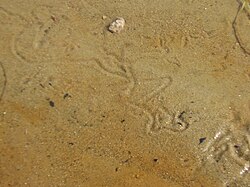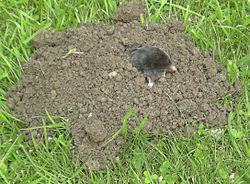Difference between revisions of "AY Honors/Animal Tracking/Answer Key 2/es"
(Created page with "</noinclude> <!-- 9. Nombrar dos aves de cada una de los siguientes clases de pistas: --> <noinclude>") |
(Created page with "</noinclude> <!-- 10. Además de las pistas, mencionar otros dos signos de la presencia de aves. -->") |
||
| Line 309: | Line 309: | ||
{{ansreq|page={{#titleparts:{{PAGENAME}}|2|1}}|num=9a}} | {{ansreq|page={{#titleparts:{{PAGENAME}}|2|1}}|num=9a}} | ||
<noinclude></noinclude> | <noinclude></noinclude> | ||
| − | |||
<noinclude></noinclude> | <noinclude></noinclude> | ||
| Line 315: | Line 314: | ||
{{ansreq|page={{#titleparts:{{PAGENAME}}|2|1}}|num=9b}} <!--T:76--> | {{ansreq|page={{#titleparts:{{PAGENAME}}|2|1}}|num=9b}} <!--T:76--> | ||
<noinclude></noinclude> | <noinclude></noinclude> | ||
| − | |||
<noinclude></noinclude> | <noinclude></noinclude> | ||
| Line 322: | Line 320: | ||
{{ansreq|page={{#titleparts:{{PAGENAME}}|2|1}}|num=10}} | {{ansreq|page={{#titleparts:{{PAGENAME}}|2|1}}|num=10}} | ||
<noinclude></noinclude> | <noinclude></noinclude> | ||
| − | <!-- 10. | + | <!-- 10. Además de las pistas, mencionar otros dos signos de la presencia de aves. --> |
| − | |||
| − | |||
| − | |||
| − | |||
| − | |||
| − | |||
<noinclude></noinclude> | <noinclude></noinclude> | ||
Revision as of 18:21, 16 February 2021
| Huellas de animales | ||
|---|---|---|
| Asociación General
|
Destreza: 1 Año de introducción: 1976 |
|
Requisitos
| Conexión Logros para la Investidura: Esta especialidad está relacionada con los requisitos de Logros para la Investidura para COMPAÑERO Estudio de la naturaleza que requiere «Hacer figuras de yeso de tres diferentes huellas de animales.». Esta especialidad es una elección popular para la especialidad de la categoría de Estudio de la naturaleza de nivel de destreza 1 requerido para los COMPAÑEROS DE EXCURSIONISMO. |
Adventist Youth Honors Answer Book/Nature/Animal Tracking/Basic Casting Techniques/es
Hacer moldes de pistas en la nieve
Es difícil hacer moldes de La nieve porque no es tan firme como el barro. Además, el yeso genera calor cuando se mezcla y esto fácilmente puede derretir la nieve que rodea la pista. Sin embargo, las pistas son mucho más fáciles de encontrar en la nieve y el molde sí se puede hacer si se tiene cuidado.
Beaver scat is extremely difficult to find, as they have a habit of eliminating in the water. However, they leave more sign than any other creature except man. Beaver dams, lodges, and cut trees are very obvious signs of their presence. }}
Canines
Dogs, wolves, coyotes (Canidae)
Cat
Cat (Felis silvestris)
Lynx and Bobcats
Lynx and Bobcats (Lynx spp.)
Mouse
Mouse (Mus musculus)
Duck
Duck (Anatidae)
Canadian geese can be identified from a great distance by their distinctive V formation.
Tracks for these animals are described in an earlier requirement. Perhaps the easiest of these three to find are the tracks of the frog. Find a pond where frogs live, and smooth the mud as described in requirement 4. Another technique is to visit a frog pond and watch as they leap into the water at your approach. Look carefully at the spot from which they leap, and you may be able to see the track. If you have any Pathfinders brave enough, have one capture a frog, and then gently transport it to a muddy area where it can leave tracks. Put it in the center of this area and observe the tracks it makes. Recapture the frog and return it to its home when you are finished.
When most people think of mollusks, they think of clams and mussels. For this honor, it is beneficial to remember that snails and slugs are also members of the mollusk family, especially since they leave easily followed trails.
The best time to find snail or slug tracks is in the early morning. Look on the sidewalk near flower beds for the tell-tale slimy trails these creatures leave as they slip along. As these slime trails dry, they turn white and flaky, often curling at the edges.
That said, it is also possible to find the tracks of clams and mussels. The photo on the right shows the tracks left by a mussel in shallow water (about 10 cm![]() deep) at the edge of a fresh water pond.
deep) at the edge of a fresh water pond.
Find a place where you have seen earthworms in the past, preferably where the dirt is bare (i.e., no grass). Soak the area with water to drive the worms out of the ground. Worms need air, so when it rains (or when a Pathfinder soaks the ground with a hose), they will come to the surface. They might not come out immediately, so you should plan to return a day later to look for tracks in the mud you've made.
Moles are burrowing rodents, and if you have them in your yard, it is not difficult to see where they have been. As they tunnel along, they raise the earth above their tunnels. At the end of the tunnel you may find a hole surrounded by a "mole hill".
Referencias
- Categoría: Tiene imagen de insignia
- Adventist Youth Honors Answer Book/Honors/es
- Adventist Youth Honors Answer Book/es
- Adventist Youth Honors Answer Book/Skill Level 1/es
- Categoría: Libro de respuestas de especialidades JA/Especialidades introducidas en 1976
- Adventist Youth Honors Answer Book/General Conference/es
- Adventist Youth Honors Answer Book/Nature/es
- Adventist Youth Honors Answer Book/Nature/Primary/es
- Adventist Youth Honors Answer Book/Stage 0/es
- Adventist Youth Honors Answer Book/IAConnection/es
- Categoría:Especialidades JA/Señal de animal


